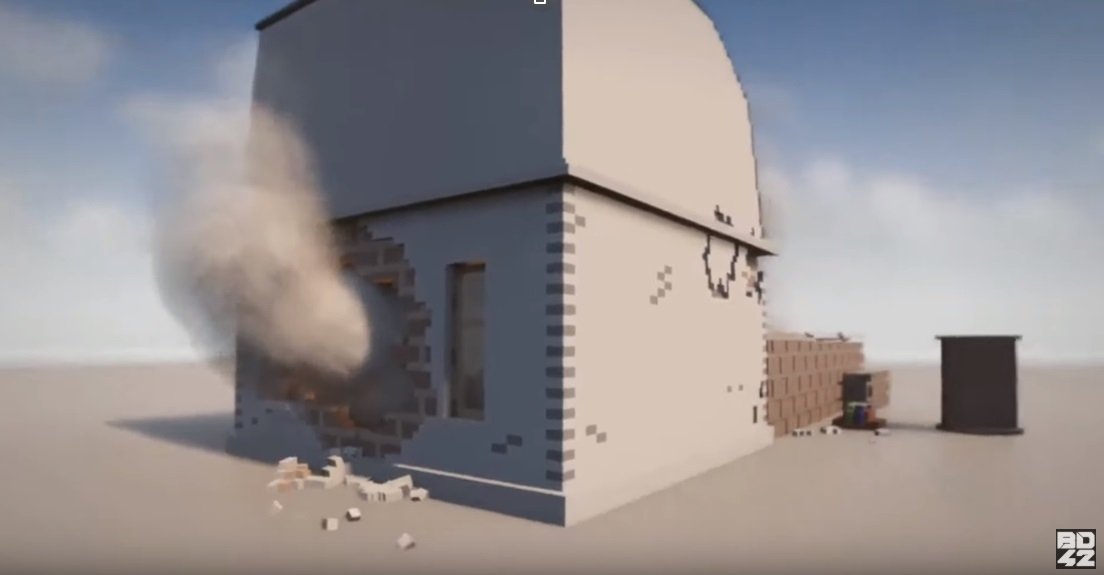

“Our method takes advantage of the ability to engineer interactions between cavities and qubits in superconducting circuits to make the qubit energies strongly depend on the number of photons in the cavity,” coauthor Blake Johnson of Yale University told. Because the qubit state now depends on the number of photons in the cavity, measuring the qubit reveals the number of photons. Then the qubit and storage cavity were decoupled, and the qubit state was read out. This cavity stored the photons long enough for them to be measured - or “interrogated” - by using a set of controlled-NOT (CNOT) operations to encode information about the cavity state onto the qubit state. To do this without disturbing the system, they coupled a superconducting qubit to a cavity. In their experiments, the physicists wanted to find out how many photons were in a microwave cavity. The physicists explain that, unlike previously reported QND methods, the new technique is strongly selective to chosen photon number states, which could make it useful for applications such as monitoring the state of a photon-based memory in a quantum computer.
#DEMOLITION PHYSICS HOW TO#
In the latest technique, developed by a team of physicists from Yale University, Princeton University, and the University of Waterloo, the scientists have shown how to measure the number of photons inside a microwave cavity in a way that preserves the photon state 90% of the time in other words, the method is 90% QND. The concept of QND measurements has been around since the beginning of quantum mechanics, and physicists have demonstrated different QND measurement techniques since the ‘70s. In a recent study, physicists have demonstrated a new way to make one of the ideal measurements - called quantum non-demolition (QND) measurements - allowing physicists to detect single particles repeatedly without destroying them. Although an ideal disturbance should still enable physicists to make multiple measurements and get the same result twice, most real measurements cause a greater disturbance than this ideal minimum, and prohibit physicists from making repeated measurements. When physicists make measurements on photons and other quantum-scale particles, the measurements always disturb the system in some way.


() - In a way, the quantum world seems to know when it's being watched. The technique allows repeated measurements to be made that give the same result. This process is experimental and the keywords may be updated as the learning algorithm improves.The physicists performed a quantum non-demolition measurement, illustrated in this circuit schematic, that could detect single photons without destroying them. These keywords were added by machine and not by the authors. This paper will provide two examples of such a readout preparation, the first to demonstrate the possibility of measuring both phases of a classical force arbitrarily accurately on a “one shot” basis and the second to demonstrate a system which could perform such a measurement in a continuous manner. However, in the process the ideas behind “quantum non-demoliton” are not being abandoned but are being applied to the readout system in a more complex fashion. One can, for example measure both phases of the classical force on one oscillator with “arbitrary” accuracy with a simple amplitude coupling to the harmonic oscillator. more accurate) measurements of a classi cal force acting on a harmonic oscillator than one can with quantum non-demolition or back action evading techniques. The purpose of this article is to show that if one can prepare the initial state of the readout system appropriately, one can at times perform better (i.e.


 0 kommentar(er)
0 kommentar(er)
